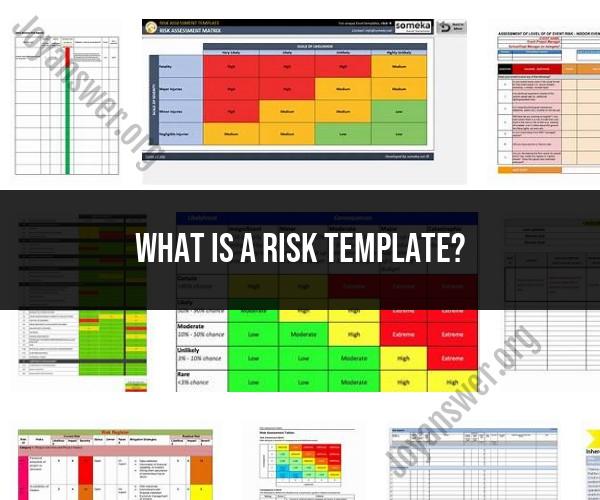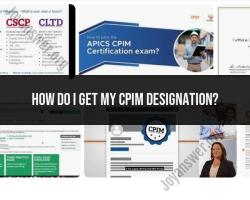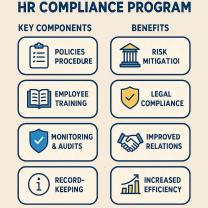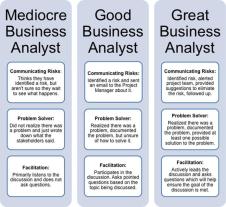What is a risk template?
Risk templates, also known as risk assessment templates or risk management templates, are pre-designed forms or documents that simplify the process of identifying, assessing, and managing risks within a project, organization, or specific context. These templates serve as structured frameworks to help individuals and teams systematically evaluate potential risks, their impact, likelihood, and mitigation strategies. Here's how risk templates work and why they are valuable:
Components of a Risk Template:A typical risk template includes several key components:
Risk Identification: This section prompts users to list potential risks associated with a project or activity. Risks may be categorized by type, such as financial, operational, or strategic.
Risk Description: Here, users provide a detailed description of each identified risk, including its nature, causes, and potential consequences.
Risk Impact: Users assess the potential impact of each risk on the project or organization. Impact can be measured in terms of financial losses, delays, damage to reputation, etc.
Risk Likelihood: This section assesses the likelihood of each risk occurring, often using a qualitative or quantitative scale (e.g., low, medium, high).
Risk Score: A risk score is typically calculated by multiplying the impact and likelihood values. This helps prioritize risks based on their potential severity.
Risk Owners: Identify individuals or teams responsible for managing each risk, ensuring accountability.
Risk Mitigation Strategies: Describe strategies and actions to reduce the likelihood or impact of each risk. These may include preventive measures, contingency plans, or risk transfer strategies (e.g., insurance).
Monitoring and Reporting: Outline how the risks will be monitored over time and specify reporting intervals or triggers for action.
Benefits of Risk Templates:Risk templates offer several advantages in the context of risk management:
Standardization: Templates provide a consistent format for assessing and documenting risks. This ensures that all team members are on the same page and follow a structured approach to risk management.
Efficiency: They save time and effort by eliminating the need to create risk assessment documents from scratch. Users can focus on evaluating risks rather than designing forms.
Clarity: Risk templates help organize information in a clear and concise manner, making it easier for stakeholders to understand and act upon.
Consistency: By using a standardized template, organizations can maintain consistency in risk assessment and reporting across different projects or departments.
Prioritization: The use of risk scores allows organizations to prioritize risks and allocate resources more effectively to address the most critical issues.
Communication: Templates facilitate communication between team members, stakeholders, and decision-makers by providing a common language for discussing risks.
Documentation: They serve as valuable records for historical reference and compliance purposes, especially in regulated industries.
Customization and Adaptation:While risk templates provide a structured framework, they should be adaptable to the specific needs and complexities of a project or organization. It's essential to customize templates to reflect industry-specific terminology, risk tolerance levels, and the unique characteristics of the risks being assessed. Additionally, templates should be regularly reviewed and updated to remain relevant and effective as new risks emerge or existing ones change.
In summary, risk templates are valuable tools in simplifying the process of risk management. They offer a structured approach to identifying, assessing, and mitigating risks, making the entire process more efficient, consistent, and transparent. By customizing templates to suit your organization's needs, you can enhance your risk management practices and improve decision-making.












